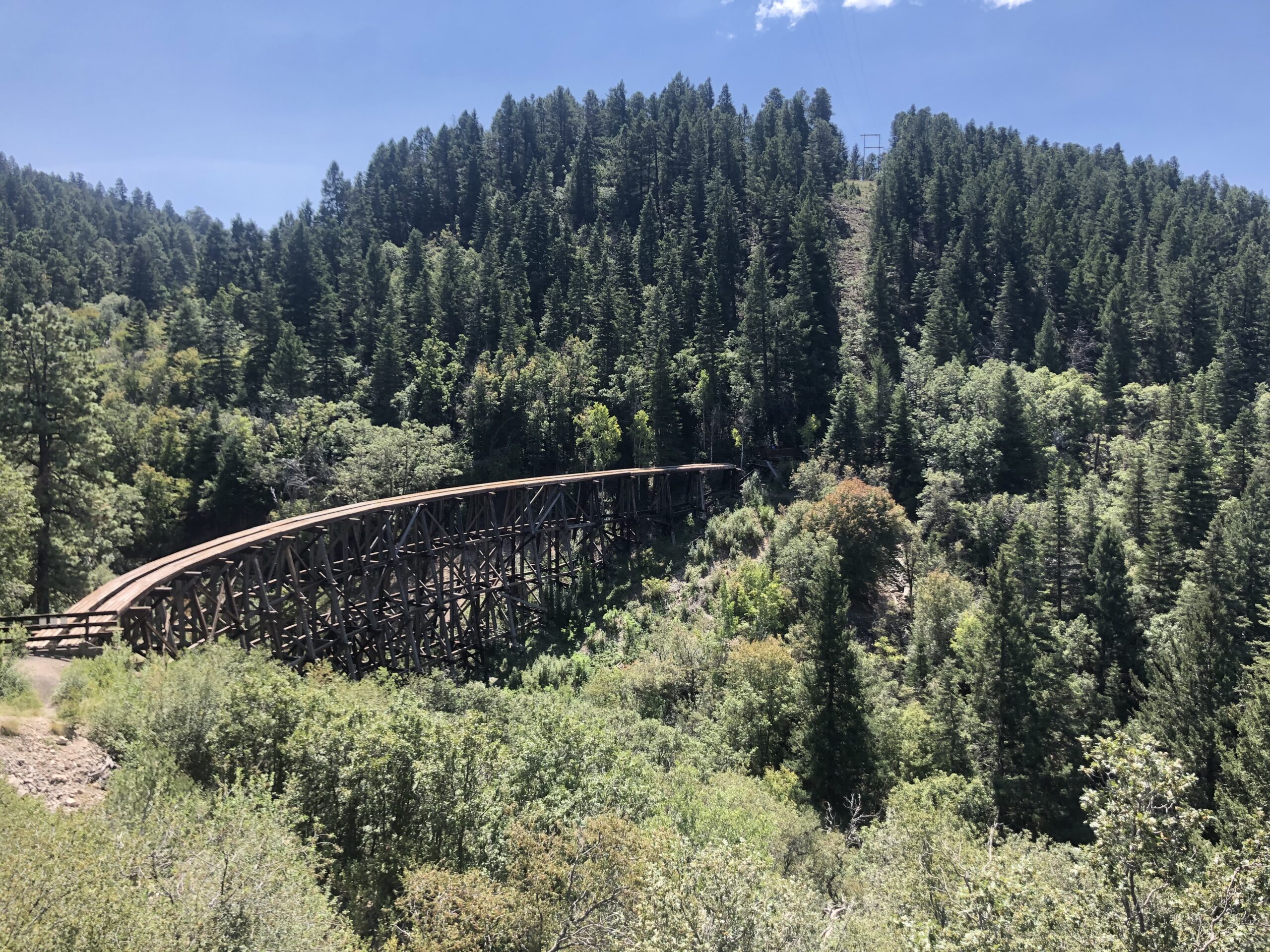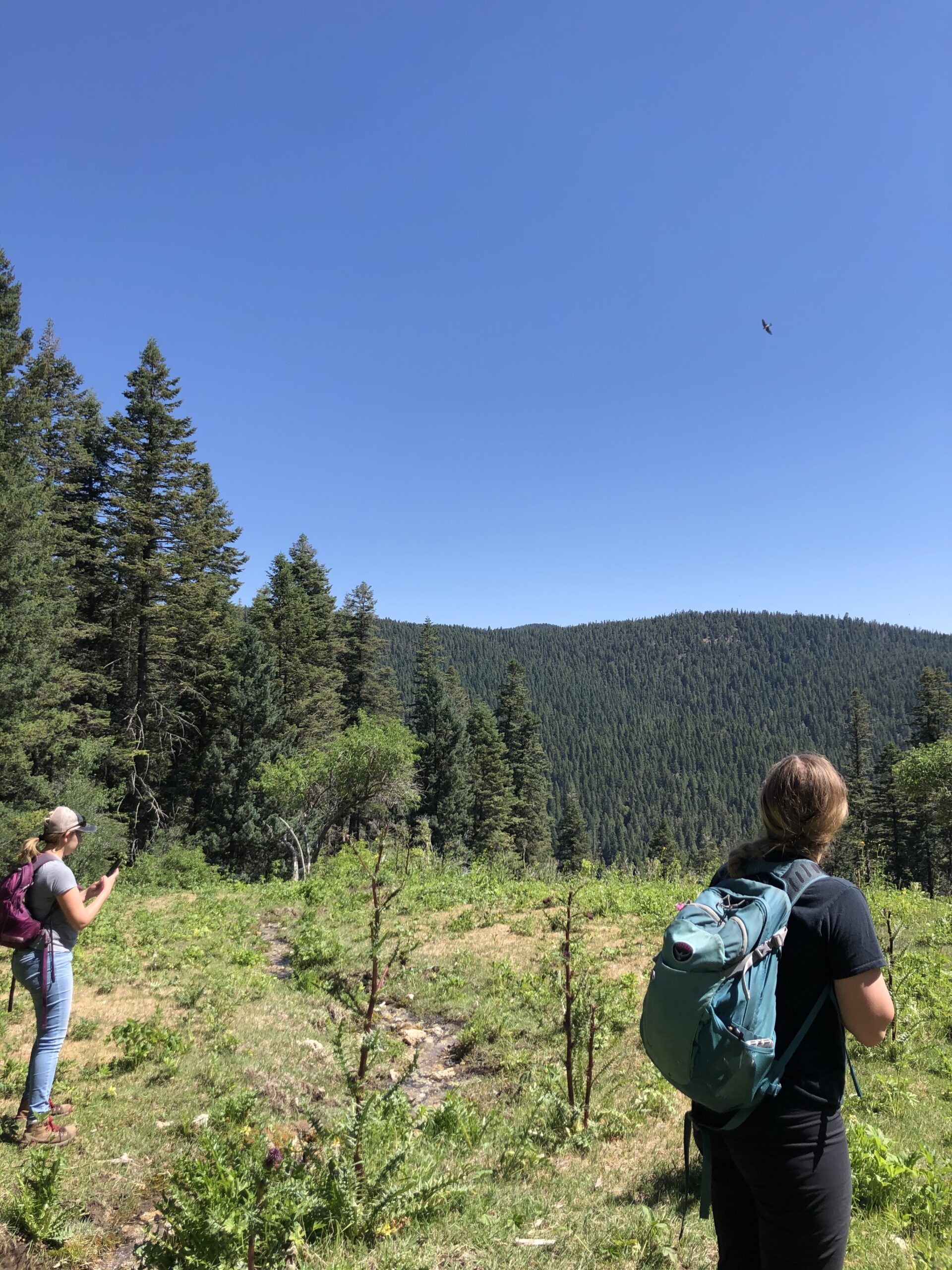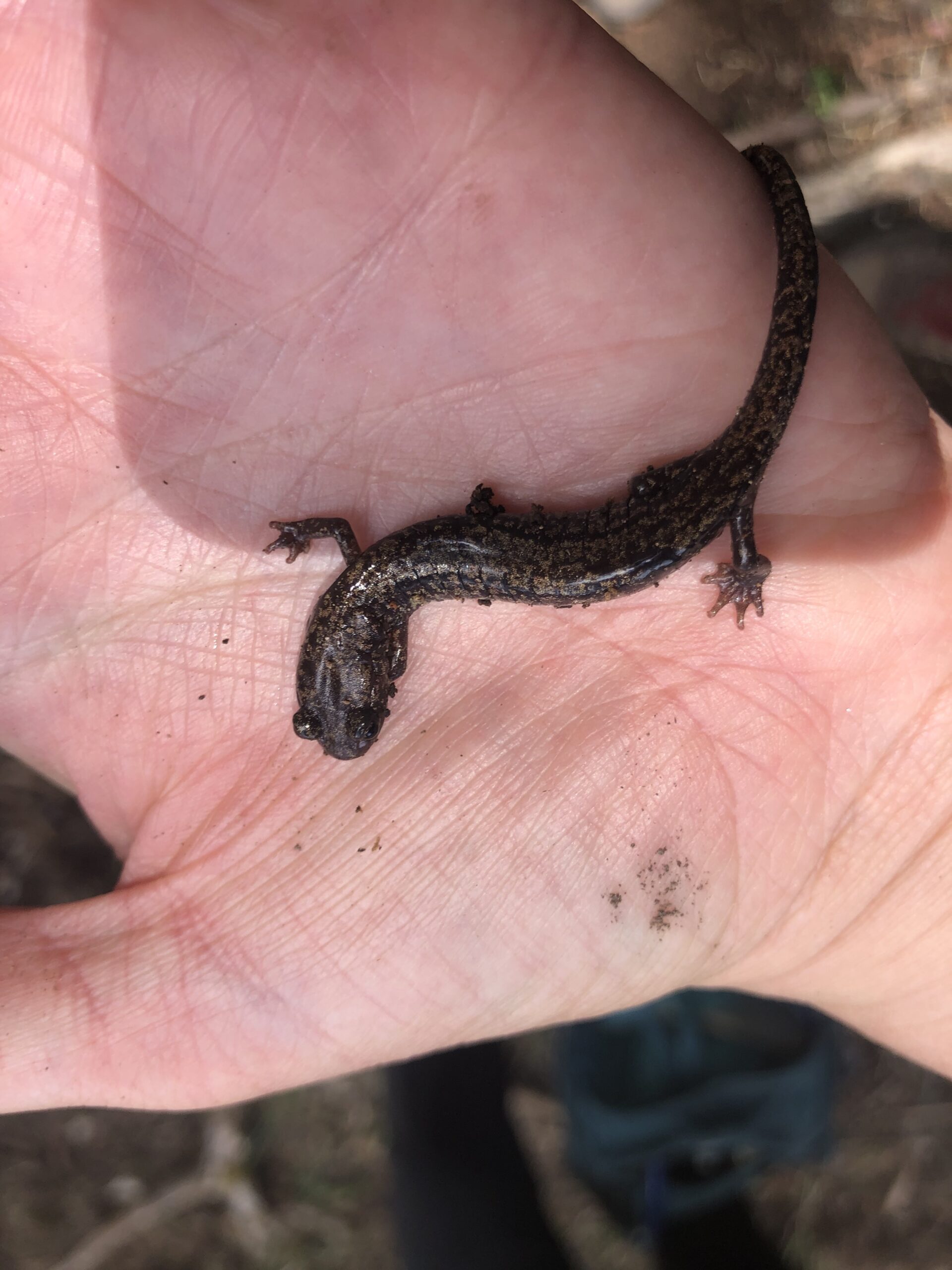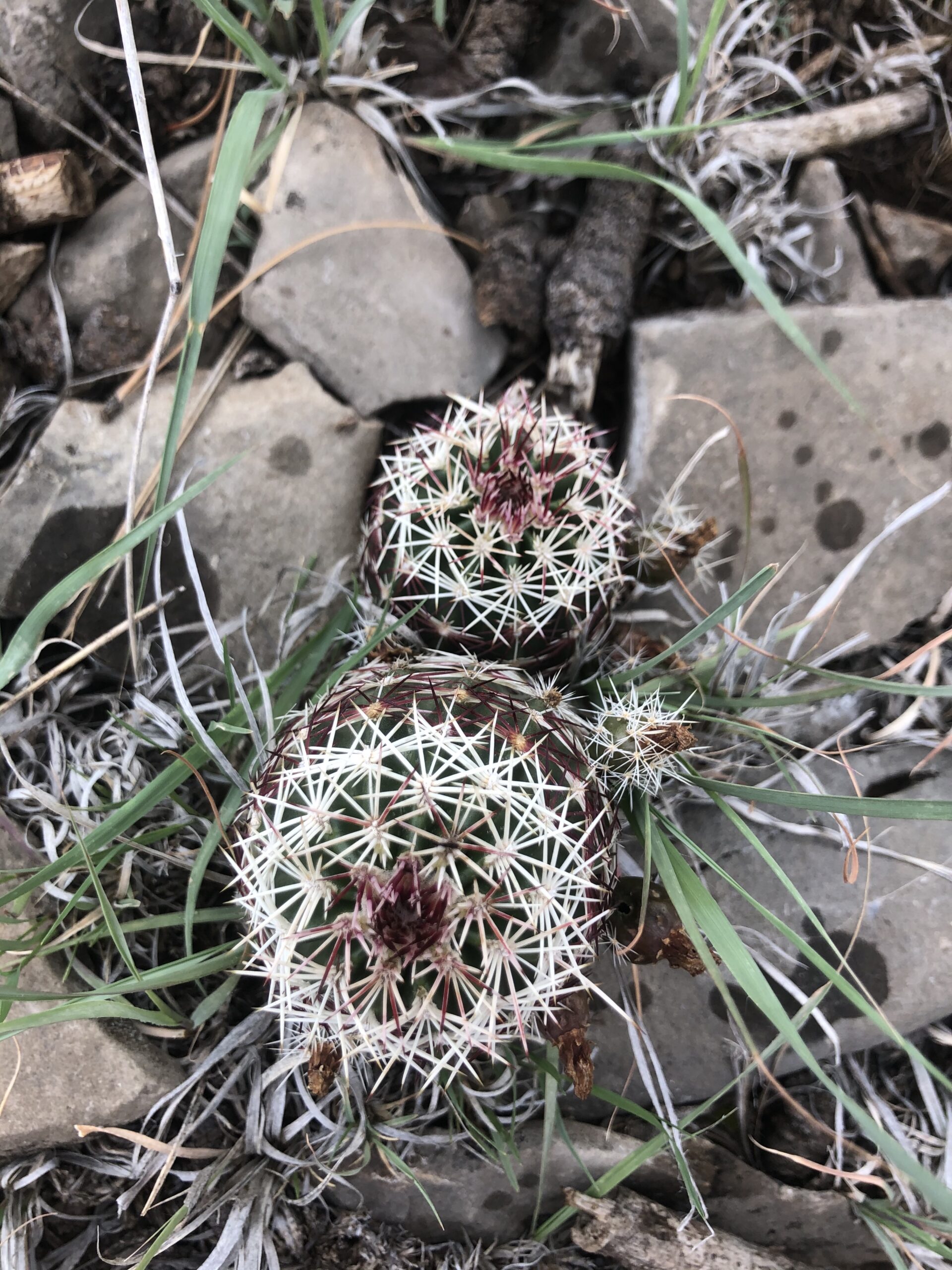The past few weeks have been exciting and full of new experiences for me. I was finally cleared by my doctor to go into the field and I have been helping Julie with a seed collection project. We were tasked with collecting seeds in an effort to protect the New Mexico Checkerspot Butterfly habitat, which is currently threatened due to excessive cattle and elk grazing. Julie and I have been driving out to different sites around the forest trying to sustainably collect seeds from a long list of potential nectar and larvae plants, including New Mexico Penstemon (Penstemon neomexicanus), Sneezeweed (Helenium hoopesii), Cut-leaf coneflower (Rudbeckia laciniata) and many more. Julie and I got to virtually attend a seed collection workshop from the Institute for Applied Ecology in Santa Fe to learn proper techniques for sustainable seed harvesting. We were assisted by a rotating crew of botanists from the Lincoln NF and even the former NM state botanist, but it was up to us to organize the collection sites and data. I really enjoyed seed collection because it was relatively relaxing and allowed us to drive to many different sites in one day. It does have some frustrating aspects, such as locating the target plants throughout the forest and making sure that we are collecting the correct species and all of the surrounding habitat data, but it is so satisfying to see how many seeds we can collect at the end of the day. I missed working outside so much and it was great to finish out the internship working on an important project with Julie. Plus, fall has arrived in NM and the leaves are starting to turn into beautiful shades of red, gold, and orange. The scenery makes me appreciate my work environment and this job so much!
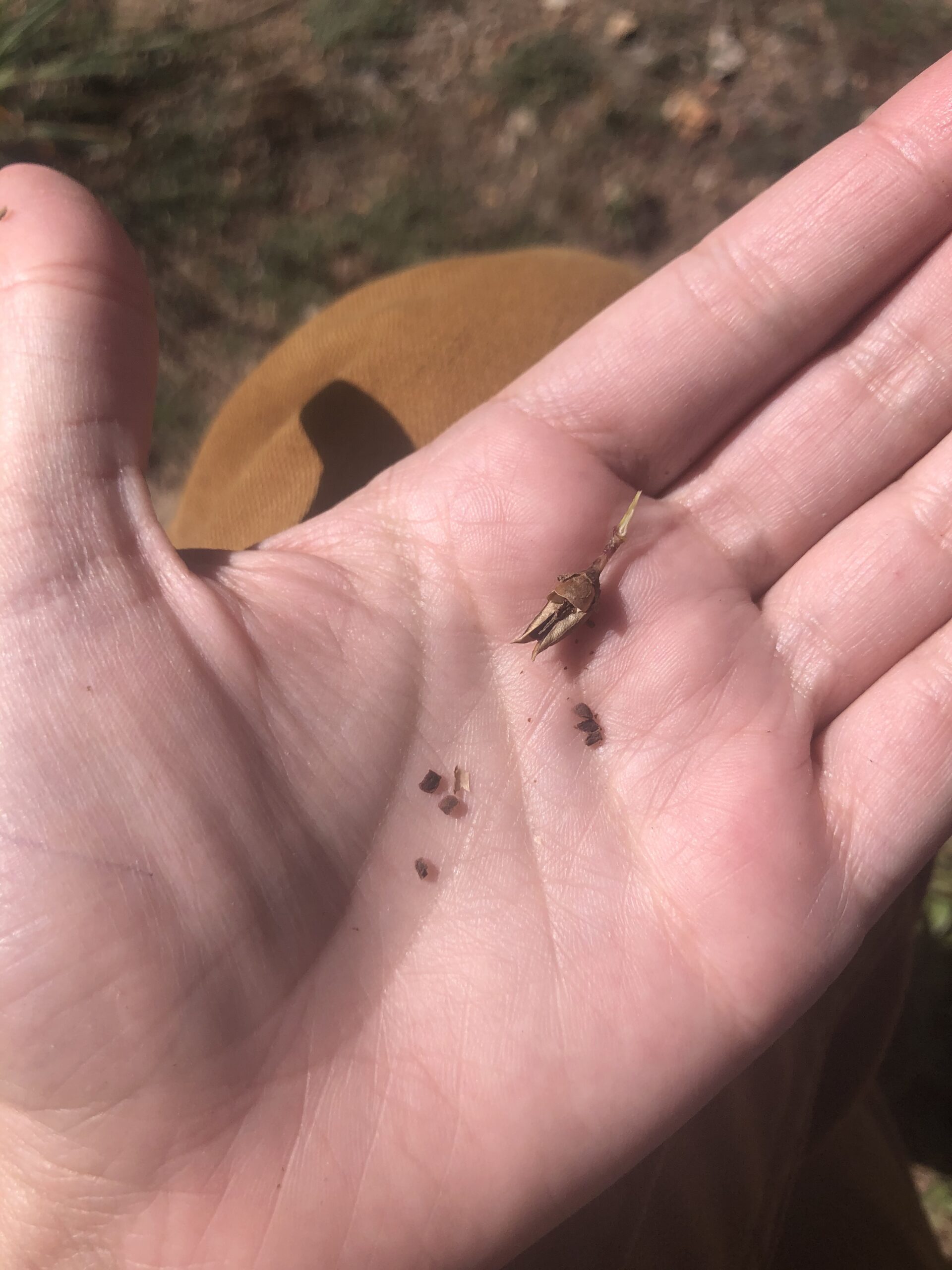

This is my final week as a CLM intern! It went by so fast and even though the injury stopped me from going out in the field for a lot of the experience, I still learned a lot and had a great time in the Lincoln. I was exposed to the inner workings of a government agency, got to hike every day for work, and made a new friend in Julie. I loved being in a completely new place and learning about all of the fascinating animals and plants in the Lincoln NF, many of which are rare endemics that I will probably never see again (or until I return). The Forest Service staff were very supportive and informative – especially our supervisor/forest botanist Aurora. I learned how to conduct botanical surveys, worked on my plant ID, organized a land-use database and collected seed to save a rare butterfly! I am so grateful to have had this experience and will take all of the things I have learned on with me to the next adventure.
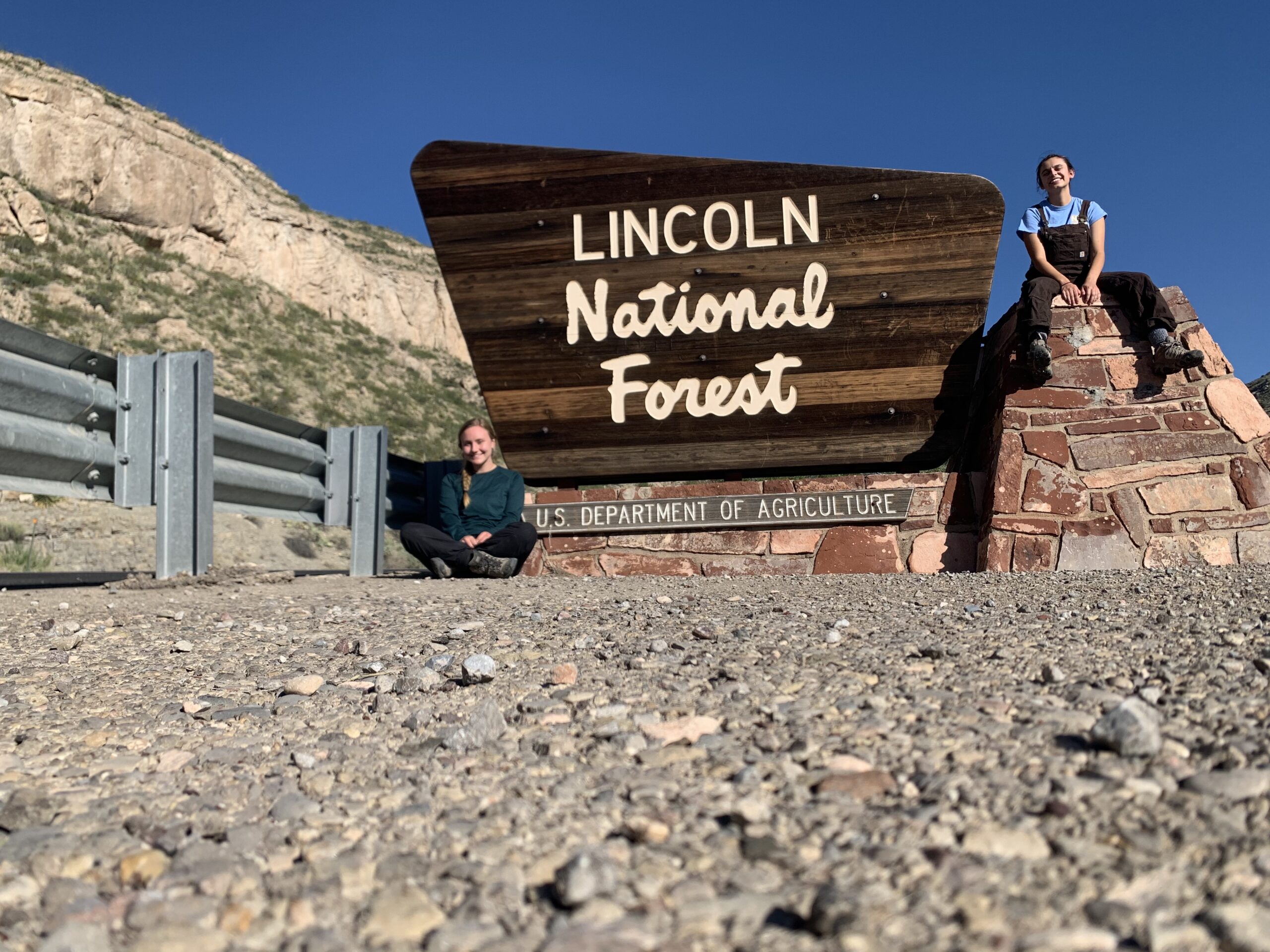
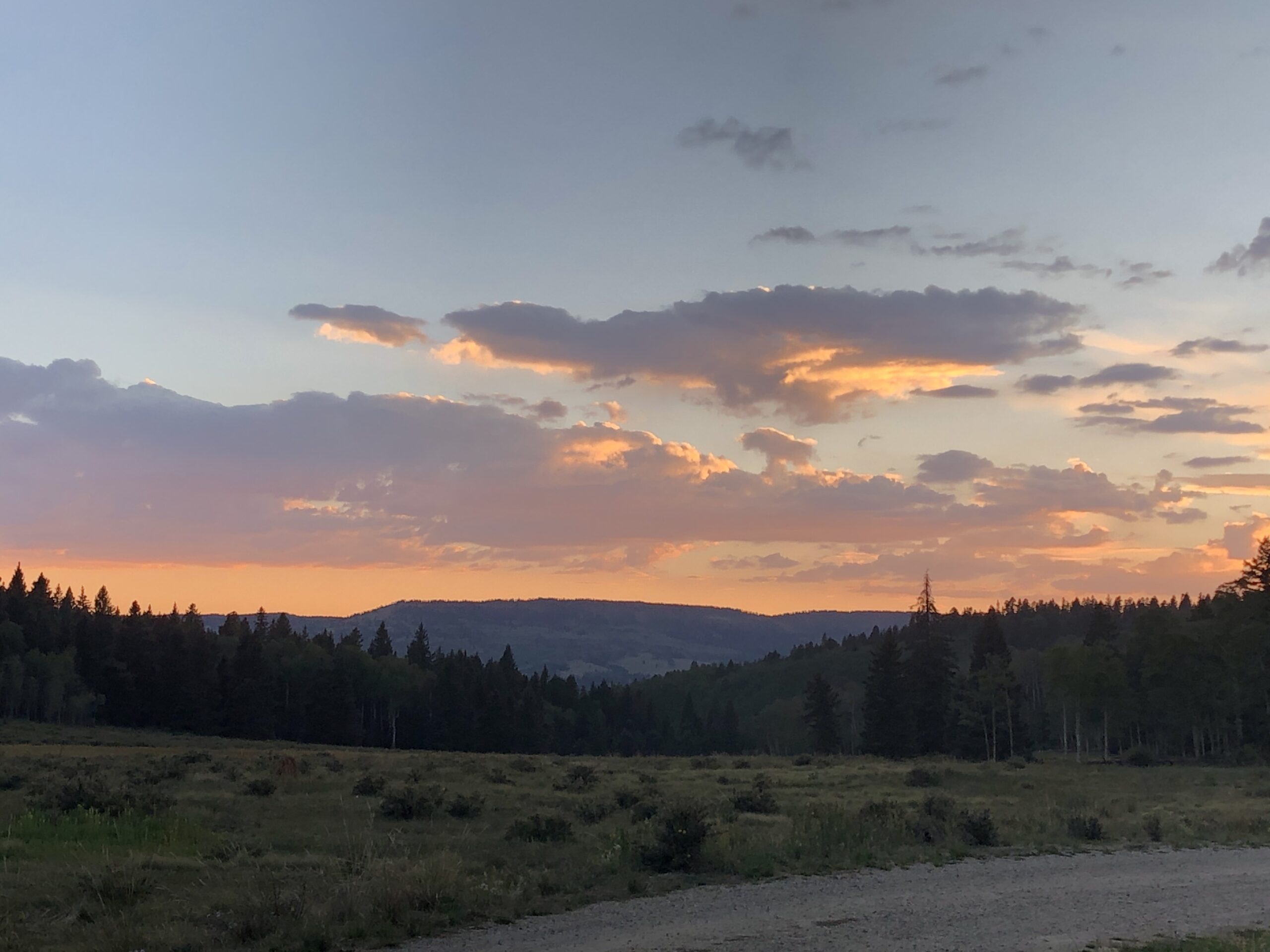
Goodbye! – Emma

